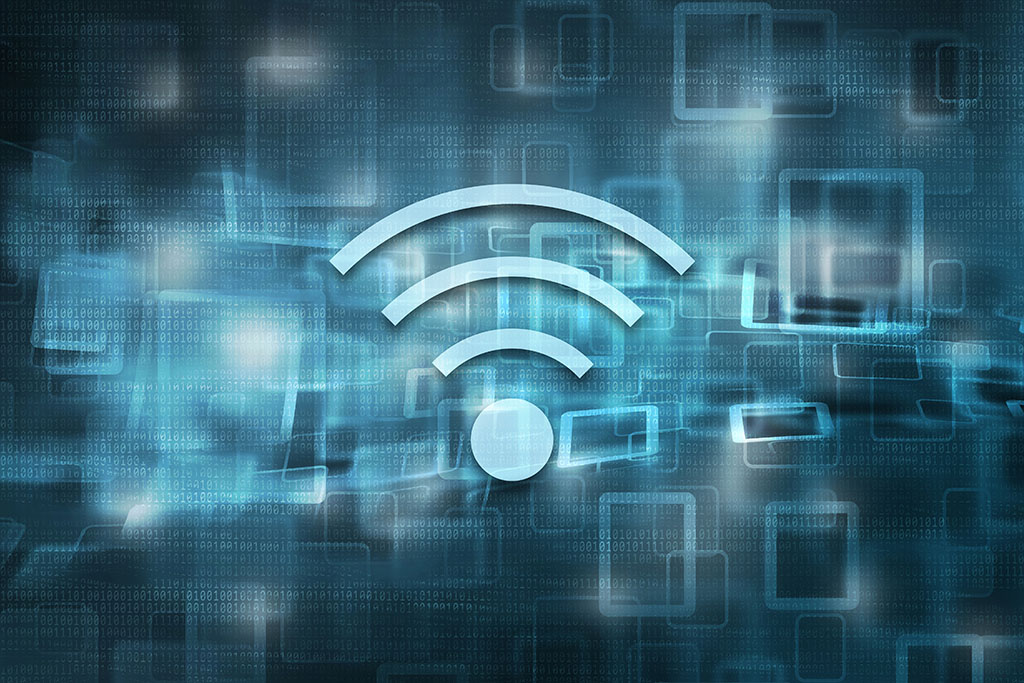Section 1: Introduction to Forensics Analysis
Logistics and Open-Source Tool Recommendations
Network Forensics Challenges – Nomenclature and Terminology
• Overview and history of Network Forensics Analysis
• Answering the critical incident response questions
• Sample Six step Network Forensics Analysis Methodology
Section 2: Recap: Collecting the Data – Data Capture
Forensic Profile Construction
Data Collection
• Configuring Wireshark – Standard Captures vs. Stealth and Silent Collection of Data
• New types of capture filters – Offset and String-Matching
• WiFi data collection challenges
• Bluetooth capture features
Section 3: Identifying and Analyzing Indicators of Compromise
Analyzing Conversations and Activities for Indicators of Compromise (IOC)
• Analyzing Conversations and Activities using the Expert Systems to determine unusual activity
• Determining Which Conversations Are Suspect – Analyzing Latency and Throughput to recognize suspicious traffic
Forensic Diagramming – A Picture is worth 1024 Words
What’s Normal vs. Abnormal – The Role of Baseline Files
• Building a Baseline Library – Where do I find Samples?
Recognizing IOCs of Intrusions
• Forensic Analysis of an Intrusion
• Scouting the Target – Network Reconnaissance and Scanning Tools
• Recognizing Scanning Signatures of standard scanning tools – NMAP, Nessus, Retina, and others
Bot, Botnets – Command and Control Traffic
• Recognizing Bots and Botnet activity – the key IOC’s
• Identifying, tracking, and reassembling Command and Control Traffic
Section 4: Introduction to Forensics Analysis of Multimedia Protocols – Voice, Video, T.38 and T.120 over IP
Introduction – Overview & Terminology
• Multimedia Protocols, standards, and hardware
Analyzer Placement & Configuration
• Where to collect the Data and Wireshark Multimedia Specific Menus
Overview of Multimedia Protocols
• H.323, SIP, MGCP / SCCP, Voice and Video Codec(s)
• T.38 Fax over IP and T.120 Conference over IP
Multimedia Reassembly and Playback
Indicators of Compromise – Multimedia Vulnerabilities & Exploits
Section 5: Introduction to Forensics Analysis of Wireless (WiFi) Traffic
Introduction – Overview & Terminology
• WiFi Protocols and Standards
• 802.11a / b/ g/ n/ ac
• Hardware – Antennas & Access Points
Analyzer Placement & Configuration
• Where to collect the Data and Wireshark WiFi Specific Menus
WiFi Communication – Service Sets
• BSSID, ESSID, and IBSS / Adhoc
WiFi MAC Layer
• Finding a Service Set and connecting to a Service Set
• Authentication / Association
• Moving Between Service Sets
• Disconnection from Service Sets
SoHo / Internet of Things (IoT) Technologies
• 802.15 Bluetooth, 802.16 WiMAX, Home RF, ZigBee, Infrared, ZWave and RFID
Indicators of Compromise – WiFi Exploitation – Security Vulnerabilities & Exploits
• Rogue Devices
• Man-in-the-Middle
• Malware / Ransomware
• Denial of Service (DoS / DDoS) Attacks
• Bots / Botnets
Section 6: They Hacked Me – Network Forensics Analysis – Intrusions, Exploits, Etc…
Overview & Terminology
Identifying Target Networks Vulnerabilities
• Scanning & Reconnaissance
• Tools, techniques, and scanning tool identification with Wireshark
You Can Trust Me – Social Engineering
Exploiting the Target – Layer 2 (Physical & DLC Layers) Exploits
• Driver & Device Exploits
• Man-in-the-Middle
• MAC / ARP Floods
Exploiting the Target – Layer 3 (Network Layer) Exploits
• IPv4 Header and Option Exploits
• IPv6 Tunnel Exploits
• ICMPv4/v6 Exploits
• IPX SAP Exploits
Exploiting the Target – Layer 4 (Transport Layer) Exploits
• Exploiting TCP
• Header & Options, Resets, and Flags
• Exploiting SCTP
• Firewall & Intrusion Detection System (IDS) Exploits
Exploiting the Target – Layer 5-7 (Application) Exploits
• Drive-by-Downloads
• Ransomware, Crimeware, and Malware – Worms & Virus’s
• Fake Login’s & Password Hijacks
• Overflow’s
• Internet Exploits
Attacks
• Bots, Botnets, Bot Herders
• Denial of Service (DoS / DDoS)
Detecting, Analyzing, and Reconstructing Suspicions Activates
• Baselines & Sample Libraries
• Color Rules, Filtering & Pattern recognition
Section 7: They Encrypted their traffic – now what? – Forensics Analysis of Encryption Protocols
• Secure Socket Layer (SSL / Transport Layer Security (TLSv1-3)
• Wired Equivalency Protocol (WEP), WiFi Protected Access (WPA / WPA2)
• VPN and Tunneling Protocols
• Security Vulnerabilities & Exploits
• Analyzing Encrypted Traffic
Section 8: Alternative Forensic Information – an Introduction to Open-Source Intelligence (OSINT)
Overview and Terminology
• OSINT vs. HUMINT, GEOINT, FININT, SCOMINT, and CTI
Building an OSINT Profile – Collection of Information
• Using Wireshark and Other Direct Capture Tools to Collect OSINT
• Collecting and Evaluating Image and Exif data
• Credentials and User name
• Social Media Mapping
• Business Data Collection
Crypto-currency and OSINT
Email Enumeration
Video and OCR Information
Putting it all Together – Reporting
Where do we go from here?
• Wireshark 0 – TCP/IP Networking Fundamentals Using Wireshark
• Wireshark 1 – TCP/IP Troubleshooting & Network Optimization Using Wireshark
• Wireshark 2 – Masterclass – Advanced Network & Security Analysis
• Wireshark 3 – Network Forensics Analysis
• Wireshark 4 – Mobile Device Forensics Analysis
• Wireshark 5 – Cloud and Internet of Things (IoT) Advanced Network Analysis
• Wireshark 6 – VoIP Advanced Network Analysis
• Wireshark 7 – WiFi Advanced Network Analysis
• Wireshark 8 – SCADA and ICS Advanced Network Analysis
• Wireshark 9 – Wireshark Command Line Tools
